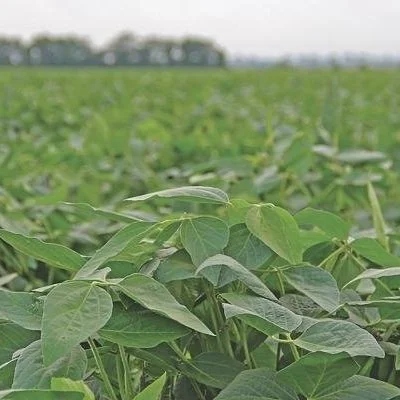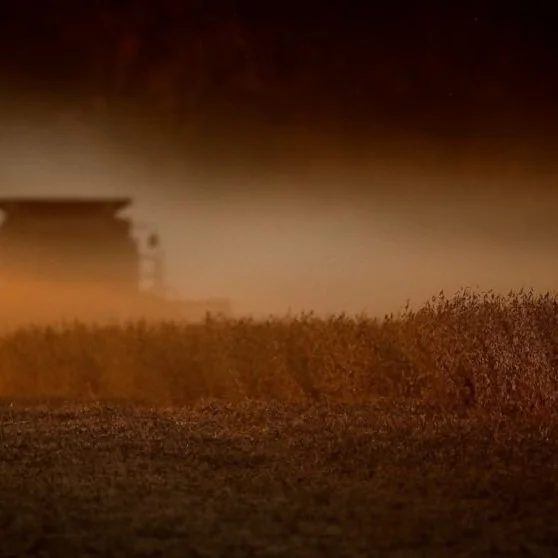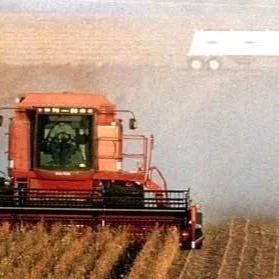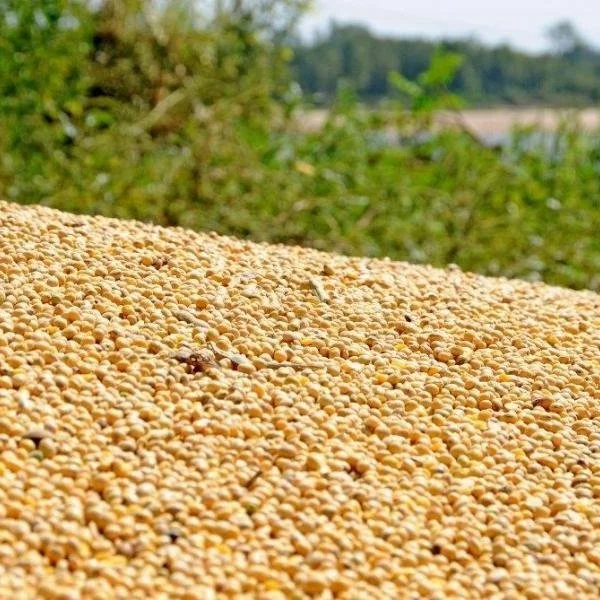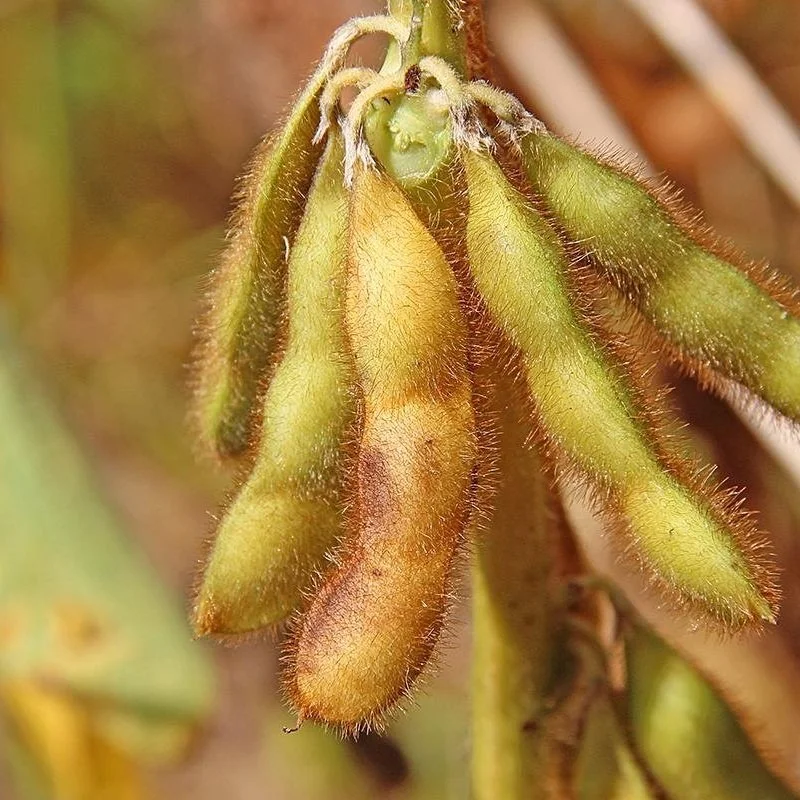Soybean cyst nematode continues to rank as the top yield robber of soybeans in the U.S. and Canada and it’s showing no signs of stopping. Since 2017 SCN has continued to move into new areas, and, according to experts is becoming harder to control.
Read MoreU.S. Soy set a new record for exporting more product in more international markets than ever before, the United Soybean Board, U.S. Soybean Export Council and American Soybean Association announced today. During the 20/21 market year, a record 61.65 MMT of whole soybeans shipped to markets across the globe, at a value of over $28B in revenue for the U.S. Soy industry. The volume boost is the result of strategic efforts to diversify international markets and distribute more U.S. Soy globally.
Read MoreTo ensure continued and reliable delivery of U.S. soybean exports to customers around the world, the soybean checkoff plans to fund pre-engineering and design work to enhance and maintain Lock and Dam #25 on the Upper Mississippi River — a U.S. infrastructure asset critical for efficient barge traffic.
Read MoreIn areas of Louisiana where rice and soybean rotations are common, aerial blight of soybean (Figure 1) is a major problem. The fungal pathogen Rhizoctonia solani also causes sheath blight of rice (Figure 2). Since the late 1990s, strobilurin fungicides, which are known as Qol fungicides, have been used extensively in rice and soybean production to combat many foliar diseases. During the 2010s, field failures using these materials to manage aerial blight and sheath blight began to occur, particularly in the southwest portion of the state where 70%-75% of Louisiana rice is produced.
Read MoreEach year the LSU AgCenter tests both commercial and experimental soybean varieties entered in the state Official Variety Trials by private seed companies and university breeding programs. The LSU AgCenter also includes a reduced number of varieties in large-plot, on-farm demonstrations to increase the number of locations and environments in which varieties are evaluated. From these, a grower should choose several adapted to an individual farm. Information in the tables can help producers make these important decisions.
Read MoreSoybean export shipments were the star of this week’s Export Sales report from USDA, rising 10% above last week’s marketing year high to 97.4 million bushels for the week ending November 4. It marked the highest weekly shipping volume on record for the 2021/22 marketing year and was the largest weekly soybean export shipment volume since the week ending Dec. 3, 2020.
Read MoreA grant from the Louisiana Soybean, Grain Research and Promotion Board, is funding research being carried out statewide by LSU AgCenter Soybean Specialist Dr. David Moseley.
“We are growing core block trials this year in 12 parishes. In south Louisiana, we’re in St. James, stretching all the way northeast into West Carroll Parish. In the northwestern part of the state, we’re in Caddo Parish. So all the way from the south to the north we're in 12 parishes.
Read MoreThe USDA’s Economic Research Service (ERS) indicated in its October Oil Crops Outlook report that, “Brazil planted 38.6 million hectares of soybeans in the 2020/21 marketing year. With yields reaching all-time highs of 3.55 tons per hectare, Brazil produced a total of 137 million metric tons of soybeans. Despite high production numbers in the current marketing year, exports are lowered by 350,000 metric tons to 81.65 million metric tons as Brazil’s main trade partner, China, has slowed their soybean purchases. Brazil is expected to store these soybeans, raising October 1 beginning stocks for the 2021/22 marketing year to 26.95 million metric tons which is up 7 million metric tons from last year.”
Read MoreLSU AgCenter Soybean Specialist Dr. David Moseley is conducting statewide research into which soybean varieties work best where. He reports they’ll be looking at things besides yields.
“We will also be looking at some growth characteristics such as plant height and lodging. In addition, we have some pathologists that look for disease resistance, such as tap root decline.
Read MoreSoybean prices have been mostly higher in recent months thanks to shorter 2020-2021 crops in the United States, Argentina and Brazil, higher demand for soy oil for biodiesel and an increase in shipments to China.
But, as farmers know too well, some of those demand factors and higher prices could be changing as soybean planting gets underway in Brazil and Argentina amid reports of more favorable weather conditions than those regions enjoyed a year ago.
Read MoreEach year the LSU AgCenter tests both commercial and experimental soybean varieties entered in the state Official Variety Trials by private seed companies and university breeding programs. The LSU AgCenter also includes a reduced number of varieties in large-plot, on-farm demonstrations to increase the number of locations and environments in which varieties are evaluated. From these, a grower should choose several adapted to an individual farm. Information in the tables can help producers make these important decisions.
Read MoreThe food vs. fuel debate that may have helped lead to lower corn and soybean prices after the markets for those commodities hit record highs in 2011 and 2012.
Environmental activists said processors shouldn’t be turning corn into ethanol and soy and other vegetable oils into biodiesel at the expense of food uses for those ingredients when people were going hungry in some parts of the world.
The debate has surfaced again with 2021’s higher prices for soybeans and corn, but Mac Marshall, vice president for market intelligence with the United Soybean Board and the U.S. Soybean Export Council, believes the arguments are misplaced.
Read MoreThe 2020-21 marketing year had all the thrills of a roller coaster ride for soybean farmers – highs that were too short-lived and downturns that were excruciatingly long as growers tried to figure out how and when to price their crop.
It also brought a resurgence of the old food vs. fuel debate from 2008 and 2009 when new demand for renewable fuels including ethanol from corn and biodiesel from soy oil pushed corn to $8 per bushel and soybeans to $14 per bushel.
Read MoreLast year’s grain marketing year, which encompasses the soybean growing season in 2020-21 and the double-cropped (safrinha) corn growing season in 2021, was characterized by the influence of a La Nina pattern. We at DTN have documented this almost continuously throughout the past year.
South American producers, of course, lived through the immense challenges and those are undoubtedly on their minds as the current season started, when La Nina was forecast to return. Starting their soybean planting early, especially with regards to last year, is a strong motivating factor in the face of this so-called double-dip La Nina — a La Nina that follows another La Nina.
Read MoreThe size of the Brazilian crop, final yield numbers for the U.S. crop and prospects for demand as strong as last year remain key drivers for the soybean market moving forward.
Speaking at the Virginia Soybean Field Day at the Eastern Virginia Agricultural Research and Extension Center in Warsaw Sept. 23, Robert Harper, Virginia Farm Bureau Federation grain manager, said soybean prices today are at profitable levels for farmers, but the question remains will they stay there.
Read More
